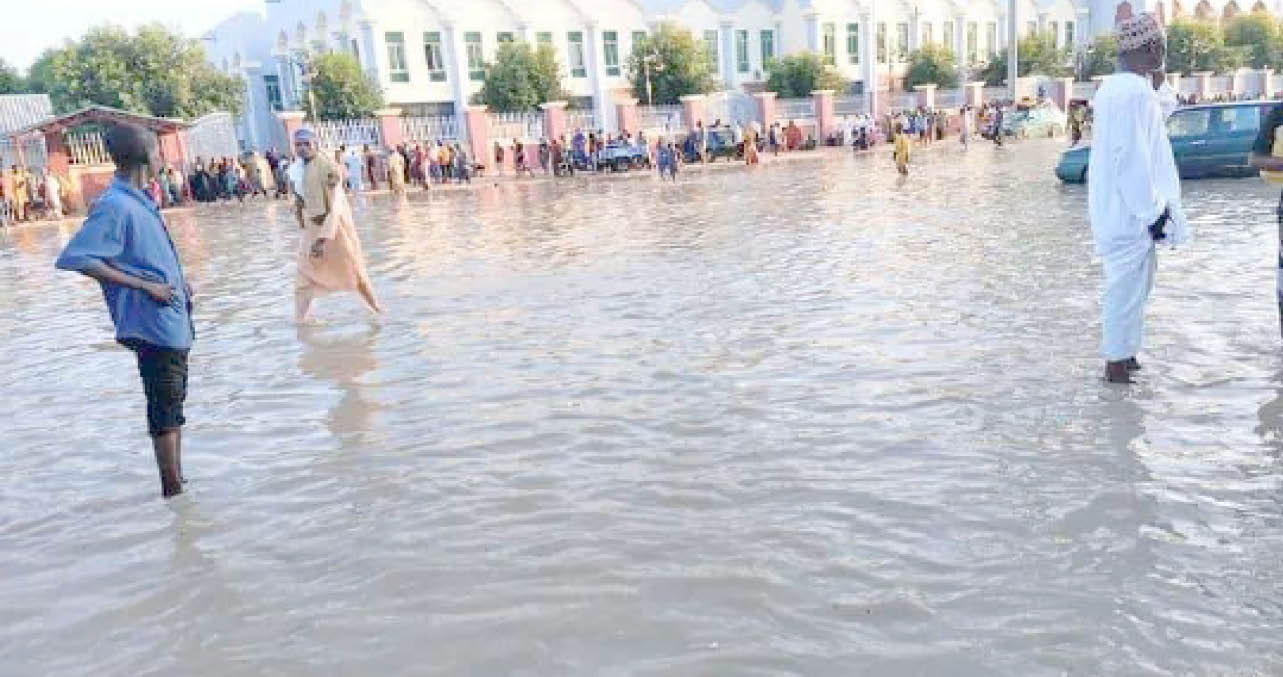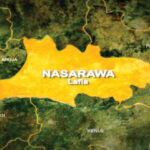I have not set my eyes on Maiduguri since the city was devastated during last year’s September floods. I decided to spend the first few days of the New Year in the place of my birth and was astounded by its transformation from a beleaguered city a short while ago to what would be one of the most exciting places to experience now. That bright Friday afternoon, as the Rano Air flight descended into the Maiduguri General Muhammadu Buhari Airport, I could see the whole city spread before me from my window seat. It looked well laid out and peaceful, but I was apprehensive of what I would come across when I came into the city. The scary pictures of what was widely reported still lingered in my mind.
In any case, since I also witnessed the aftermath of the floods and at the time also wrote as follows in a piece titled, ‘For Maiduguri to Survive’: “The dam burst, and half of the city was ravaged by a bewildering fury of water, an experience of an Armageddon scale – the water sweeping everything in its path, people, livestock, houses, and vehicles. The extent of the devastation is incredulous. Those who know Maiduguri would find it difficult to believe that the three service bridges at Lagos Street, Gwange and Custom, conjoining parts of the town were all submerged.”
“The flood rode its way to inundate all the low-lying areas surrounding the length of the river, taking its toll on many landmarks of the city including Monday Market, Musa Usman Secretariat, the General Hospital, Shehu’s Palace, Gamboru Market, the Maiduguri Teaching Hospital, old and new prison, state low-cost buildings and hundreds of thousands of citizens still in bed that Tuesday night. In its murderous journey, the flood did not even spare the graveyard where our grandparents, parents and siblings are reposing in peace.”
That was then. This Friday as I strode out of the airport preparing to drive out my anxiety heightened. Nevertheless, as I drove on, I realised that my anxiety was unfounded. Driving from the airport into the Bulumkutu area and on into the city there was nothing untoward to justify my anxiety. I found that most of the disruptive construction works that were ongoing before the flood disaster had been completed. The resplendent bridge at the T-junction of the Kano-Damboa highway was ready and already in use. Besides being a thing of beauty to behold, this new structure has now eliminated the hassle of navigating the traffic knot of getting into Maiduguri.
Driving on into the GRA, I passed through many areas that were submerged during the floods and had suffered destruction. The Sanda Kyarimi Park Zoo which was devastated by the flood, with the animals and birds escaping, is now back to some normality. The felled walls of the zoo were now up and brightly painted. I understand that many of the escaped animals have been successfully traced and returned. Along that street, all the walls of the schools that were destroyed have been reconstructed.
In the night I took a walk around the neighbourhoods in the GRA and found normality had indeed returned here. Tarred roads have been resurfaced, and new ones have been constructed linking most parts of the neighbourhoods. Streetlights adorn most of the streets and were lighted throughout the night. I guess they must have a solar power source. Driving into the inner city through the Post Office to Dandal into Hausari and Fezzan elicited the same scenario.
It is a wonder Maiduguri got revived to such an extent. After the campaign of the Boko Haram terrorists, the flood was the last straw in the stream of tragedies that befell the city. Probably that’s why this disaster evoked widespread sympathy for the town and the people which was backed with solid donations running into several billions of naira. I believe the donors would now be gratified to see how fast and effectively their donations were used. The donations were deployed to ameliorate the immediate suffering of the more than one million displaced citizens, resettling them, repairing their dwellings as well as the repair of damaged public infrastructure. All three service bridges that were knocked off by the floods are now fully operational.
What is now left is the rehabilitation of the Alau Dam, whose collapse led to the anguish and agony suffered by the millions in Maiduguri. The Federal Ministry of Water Resources that owns the dam must speedily attend to its condition to forestall a repeat of the disaster. It is common knowledge that the integrity of the dam has been severely compromised due to several years of neglect and the aftermath of recent heavy rains. Experts say that what the dam requires now is a complete overhaul of its structural components side by side with flood control measures to permanently safeguard the city.
I learnt that an assessment team from the ministry has visited the dam recently. I must say that their job is cut out for them. In a few months, the rains would be arriving, and if this matter is left unattended, one would not contemplate what would follow. A stitch in time saves nine.

 Join Daily Trust WhatsApp Community For Quick Access To News and Happenings Around You.
Join Daily Trust WhatsApp Community For Quick Access To News and Happenings Around You.


